Revived rumors of Apple using liquid metal for the iPhone Fold's hinge have been assisted by a leaker claiming that it will be more than twice as strong as a titanium-alloy version.
On March 21, analyst Ming-Chi Kuo forecast that the iPhone Fold would employ liquid metal hinges for a crease-free screen. Less than a week later, a leaker's post adds fuel to the rumored usage of the material.
In a Thursday post to Weibo, serial leaker Setsuna Digital, also known as Instant Digital, offers more information about the potential use of liquid metal. Used in the hinge, it is described as an "amorphous alloy" or "metallic glass."
For the iPhone Fold, the leaker says there are multiple benefits, including having an amorphous particle structure and better resistance to bending, deformation, and depression. It is claimed to be 2.5 times stronger and harder than a titanium alloy.
As for its appearance, the leaker says its "gloss is better," and is apparently "close to your favorite kind of high-grade stainless steel" in that regard.
Setsuna Digital is well known in leaking circles, and has repeatedly covered Apple product in the past. They do have a considerable following on Weibo, but they haven't established much of a track record for accuracy yet.
That said, the forecast from the quite reliable Ming-Chi Kuo on liquid metal's usage certainly helps the credibility of the rumor.
An engineering headache
The discussion of using liquid metal revolves around the need for the iPhone Fold to have a screen that doesn't crumple. A flexible display has the potential to crease along the fold line, which can fatigue quickly and eventually break apart.
While Apple is reportedly working with display partners on new materials and construction ideas for a flexible display, this is only part of the solution. The other is in the construction of the rest of the device.
A flexible touchscreen requires support, which has to be built into the design of the device from the start. Patent filings have shown Apple has considered the use of complicated hinge mechanisms, which add extra support at the crease itself.
If such supports didn't exist, the screen would have to rely on its own strength to resist against a user's finger press, which can add more wear to the screen at its most vulnerable point.
This makes the hinge and support mechanisms extremely important for such a device. Creating them from very strong and inflexible materials should go a long way in prolonging the iPhone Fold's lifespan.
This would not be Apple's first foray into using liquid metal. In 2010, it used the material to produce the SIM ejector tool for the iPhone and iPad.
It would, however, be the first real use of liquid metal in a core component. Use in SIM ejector tools doesn't really count.
 Malcolm Owen
Malcolm Owen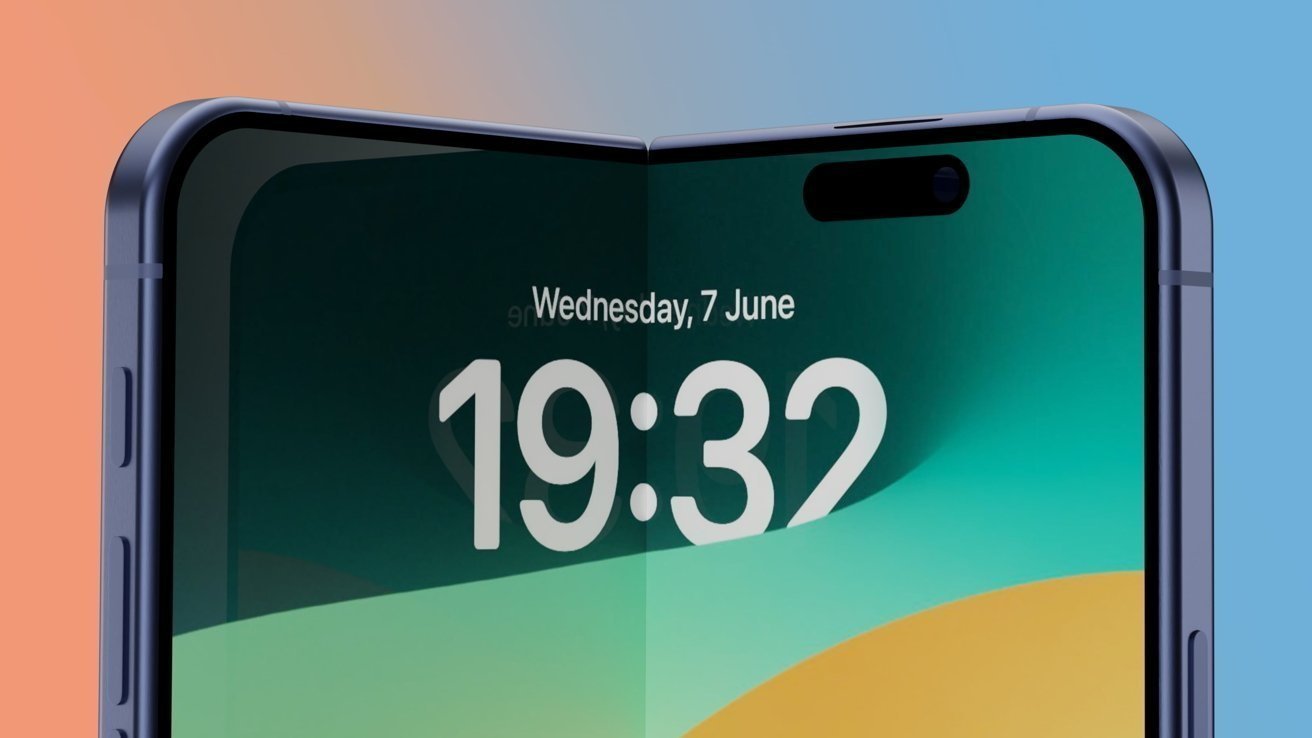






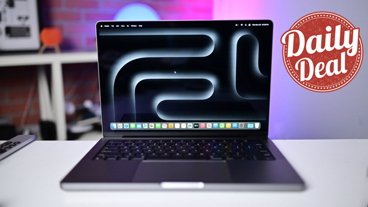
-m.jpg)


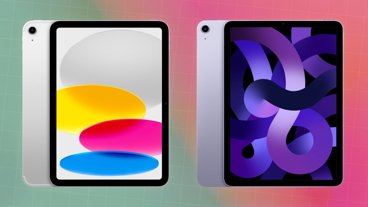
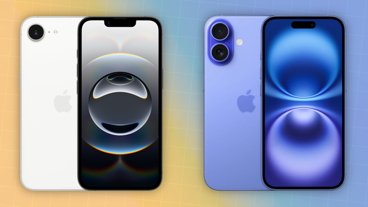
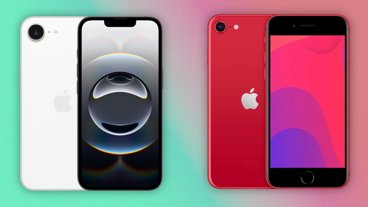
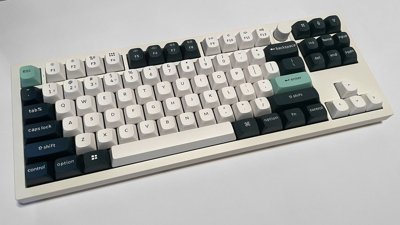
 Brian Patterson
Brian Patterson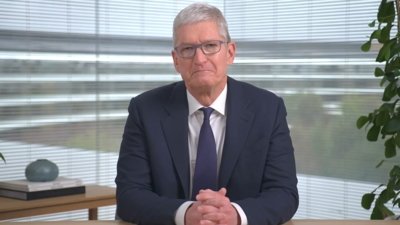
 Charles Martin
Charles Martin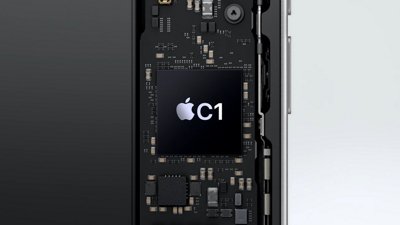


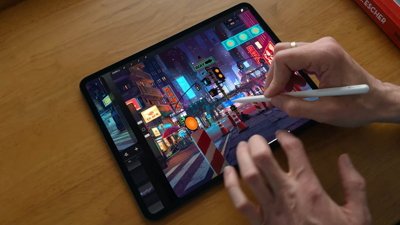
 William Gallagher
William Gallagher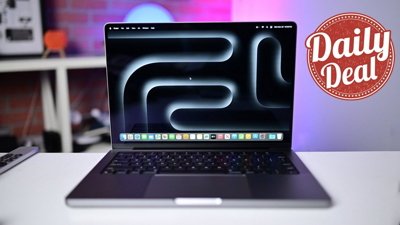
 Christine McKee
Christine McKee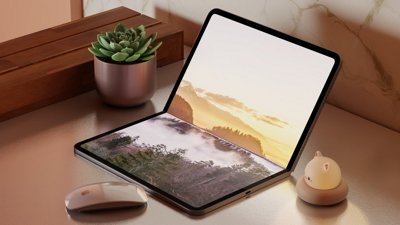
 Marko Zivkovic
Marko Zivkovic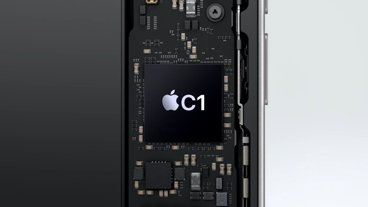
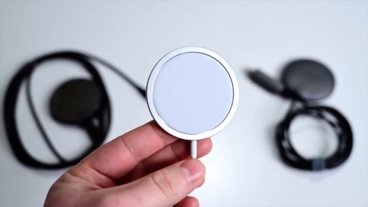
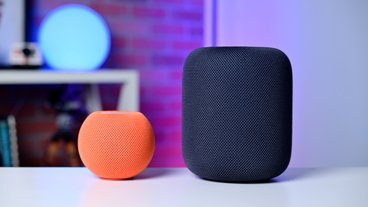
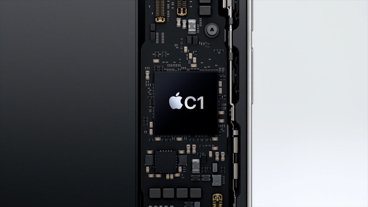
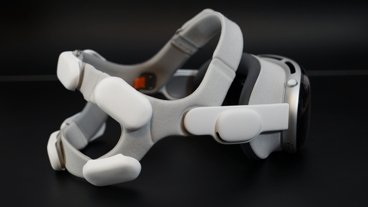

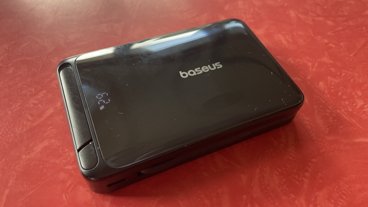

4 Comments
This makes a lot of sense if only because this technology has been in use on folding phones since 2019 (with the same claimed 2.5 times stronger than titanium specs) and, later, on smartwatches (and things like Tesla door lock casings).
Things took off when Eontec bought into Liquidmetal and both companies were able to pool their strengths.
I believe Liquidmetal was limited to parts of less than 100g whereas Eontec was able to produce parts beyond that limit.
No, not liquid metal. Liquidmetal.
All these rumors about the Fold just building upon themselves
I hope someone at Apple is reading this to give them the idea
The hinge is the least of my worries to be honest.